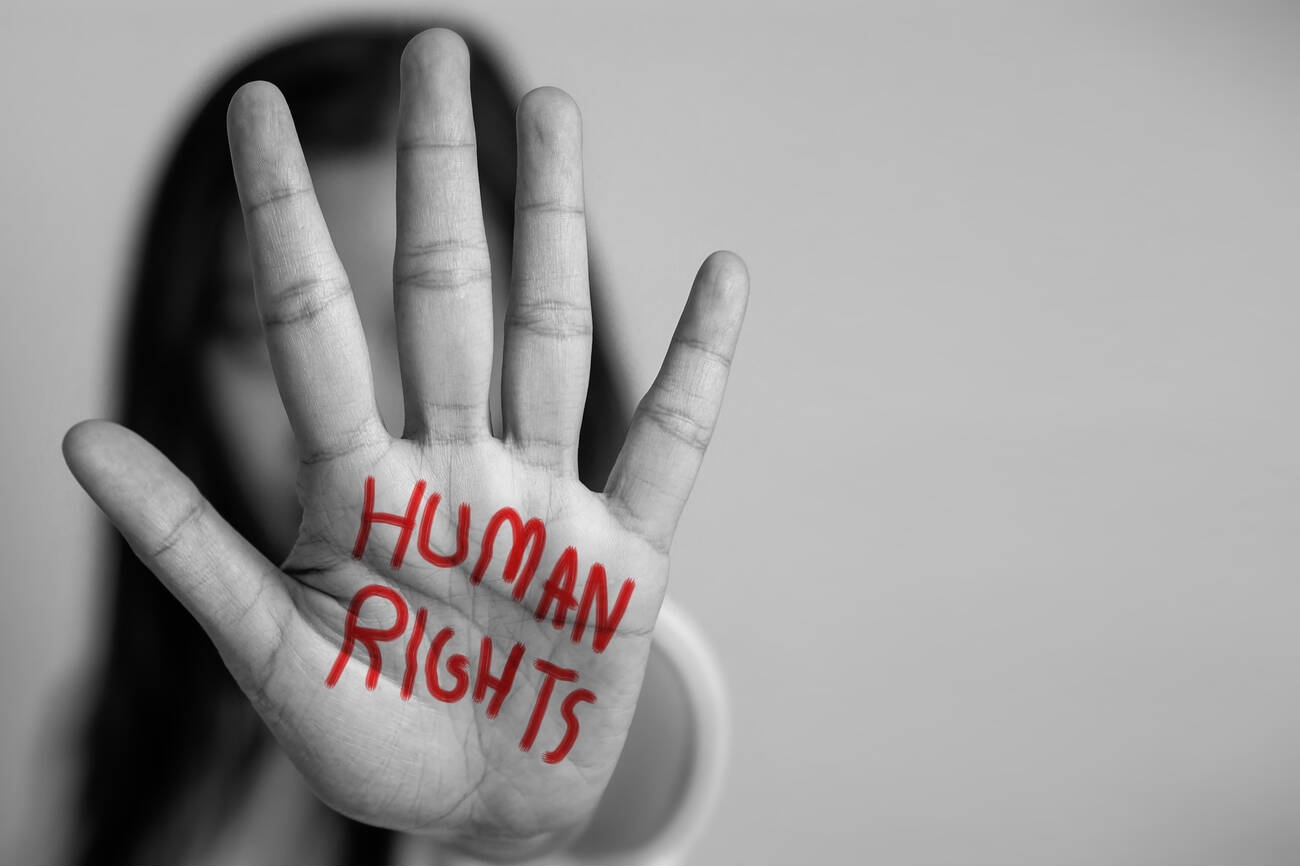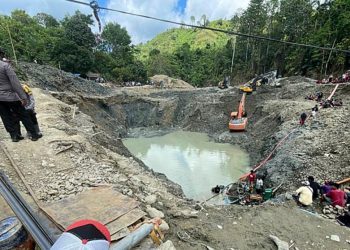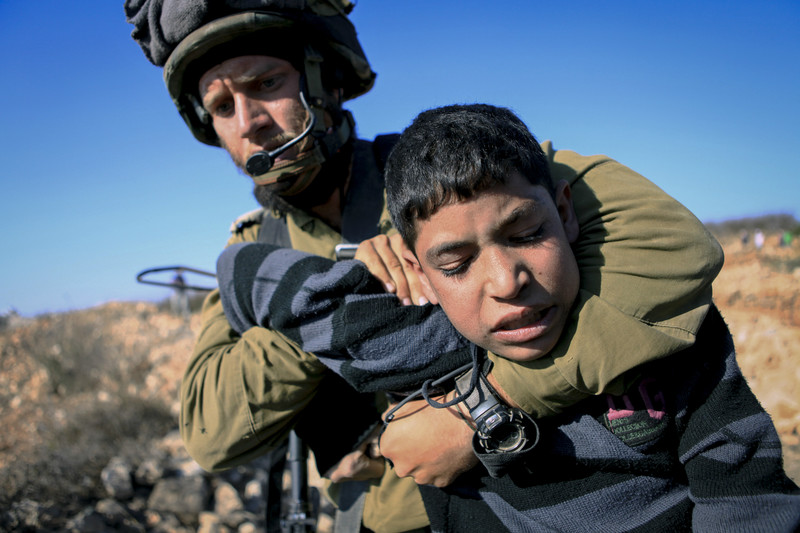Human Lives Human Rights:
C. The Doctrine of Humanitarian Intervention
The doctrine of humanitarian intervention has its roots in the practice of countries since the 19th century. Although war and other forms of force were not prohibited as a means of national policy, countries attempted to justify the use of force on moral and political grounds, drawing upon the tradition of just war. This tradition was more established during this period, and countries could justify their wars based on it. However, the concept of humanitarian intervention was also rooted in a legal theory, which posited that countries had the right to militarily intervene in cases where a state was maltreating its citizens in a way that offended humanity’s conscience. This doctrine, known as the “doctrine of humanitarian intervention,” was proposed in the name of humanity and was closely tied to the political philosophy of liberal democracy and the concept of human rights, which led to the establishment of constitutional democracies in Europe and America during the 18th century.
The pretext of supporting minorities in Ottoman territories is notable:
- The mass intervention of England, France, and Russia in Greece (1830-1897) aimed to stop the massacre of Turks and suppress the revolutionary Greek population.
- . The French intervention in Lebanon (1861-1862) was authorized and supervised by the five major European powers, aiming to stop the massacre of Christian minorities by the Ottoman Empire.
- The intervention of Austria, France, Italy, Prussia, and Russia (1866-1868) in Crete, an Ottoman island, supported the oppressed Christian population.
Despite these instances and similar cases in the second half of the 19th century and early 20th century, countries’ practices in the first half of the 20th century were not always inclined towards humanitarian intervention. The occurrence of major international wars, particularly World War I, which caused significant human and financial losses, led to a desire among the international community to abolish or limit war as a national policy tool. The peak of this desire can be seen in the Treaty of Paris, which prohibited war as a means of national policy. This development led to a decline in the use of humanitarian intervention as a pretext for war, and cases of such interventions remained limited.
There are instances of using force under the name of humanitarian intervention or similar from the 19th century and early 20th century. However, it is worth noting that the concept of human rights was not yet widespread enough to feature prominently in foreign policy at that time, and secondly, cases of using this title were not numerous enough to be considered a standard practice among countries.
1. Humanitarian intervention after the end of World War II
After World War II, the drafters of the United Nations Charter aimed to prohibit any resort to war and force in international relations, departing from the Covenant’s stance. To compensate for the weaknesses of the Paris Agreement, which lacked an executive guarantee, the Charter established a new framework. Specifically, Article 4(2) of the Charter explicitly prohibits any resort to force against a country’s territorial integrity or political independence. Meanwhile, Article 51 of the Charter created an exception to this general rule, allowing for legitimate defense as long as the Security Council has not intervened in the matter.
The Security Council is responsible for maintaining international peace and security, and the Charter established a collective security system that allows for action in cases of threats against peace or its violation or aggression. This decision is made by the Security Council, which is empowered to re-establish international peace and security.
In light of the preceding discussion, it is evident that the doctrine of humanitarian intervention, or at least unilateral intervention outside the framework of the collective security system established by the Charter, could no longer be viable in the international system after 1945. This is particularly evident in the context of Article 7(2) of the UN Charter, which explicitly excluded the internal affairs of countries from the scope of international law.
As a result, a consensus emerged among states and jurists that the UN Charter’s effect was to nullify any potential right of states to take unilateral military action against states that committed egregious violations of humanitarian principles. This view was echoed by Aghaei (2004: 61-60) in his work, further solidifying the idea that the Charter’s provisions had effectively eliminated the possibility of unilateral humanitarian intervention.
However, there have been exceptions to this period, including instances of humanitarian interventions by countries. Some examples include:
- India’s intervention in Pakistan in 1971,
- Vietnamese intervention in Cambodia from 1978-1979,
- French intervention in Central Africa in 1979, and
- The United States’ interventions in Granada in 1983 and Panama in 1989.
1.1 Humanitarian intervention after the end of the Cold War
The end of the Cold War and the subsequent conflicts between the East and West blocs marked a significant turning point in the evolution of concepts related to the use of force in international relations, including the doctrine of humanitarian intervention. On one hand, the demise of one of the major power axes (the Soviet Union) allowed for the emergence of the collective security system of the United Nations, which had been previously hampered by the rivalry between the two superpowers. On the other hand, the vacuum left by the Soviet presence created an opportunity for the United States and Western powers to intervene in areas that were previously off-limits. Moreover, the international community’s growing attention to humanitarian crises and severe human rights violations around the world can be seen as a direct consequence of the end of the Cold War. This increased attention to human rights was facilitated by the decreasing tension between East and West, which allowed for a more focused international scrutiny on issues related to human rights and humanitarian crises.
1.2 Humanitarian intervention under the authority of the United Nations
The United Nations has a primary responsibility to maintain international peace and security, as well as promote and expand human rights and fundamental freedoms. However, due to the distinct nature of these two responsibilities, the United Nations has assigned different organs to handle each task. The Security Council is primarily entrusted with maintaining international peace and security, while other organs such as the Economic and Social Council, the Trusteeship Council, and the United Nations General Assembly are responsible for promoting and expanding human rights and fundamental freedoms. However, unlike the actions of other organs, which do not have binding authority, the Security Council has the power to issue binding decisions. This has led to an increased focus on humanitarian interventions by the Security Council in the 1990s. In this period, we saw several notable examples of Security Council resolutions authorizing humanitarian interventions, including the cases of former Yugoslavia, Somalia, Haiti, Rwanda, and East Timor.
1.3 The doctrine of responsibility for protection in international law
The concept of the “responsibility to protect” has garnered significant attention in international law over the past few years. This doctrine pertains to the violation of fundamental human rights within a country’s territory by its ruling government. Although the primary responsibility for protecting citizens’ rights lies with their respective governments, this responsibility is transferred to the international community when the ruling government is unable or unwilling to fulfill its basic duties due to racial, ethnic, and religious differences.
This doctrine, which offers a new definition of governance, i.e., responsible governance, is a reflection of the international community’s sensitivity to the devastating human tragedies that occurred in Somalia, Rwanda, Bosnia, and Kosovo in the 1990s. This principle, which encompasses three dimensions of prevention, reaction, and reconstruction, has emerged as a solution to address the weaknesses and deficiencies of the international system in responding to major human rights violations. The doctrine has been widely discussed in legal literature since the late 1990s.
In his 2000 Millennium Report to the General Assembly, United Nations Secretary-General Kofi Annan posed a challenge: if humanitarian intervention is deemed an unacceptable violation of sovereignty, how should we respond to the atrocities committed in Rwanda and Srebrenica, as well as the gross and systematic violation of human rights that defies all principles of humanity? This question sparked a global debate on the responsibility to protect.
In response to Kofi Annan’s challenge, the Canadian government assumed the responsibility of establishing an independent commission, known as the “International Commission on State Intervention and Sovereignty,” in 2001. The commission’s mandate was to clarify the scope and objectives of the responsibility to protect. The commission’s findings were widely accepted by the international community in subsequent years as a key aspect of the responsibility to protect.
The commission’s report presented a new concept of governance, which redefines sovereignty from an absolute concept of control to a concept of responsibility. According to this new understanding, sovereignty is initially primarily on the sovereign country, but if it is unable or unwilling to protect its citizens’ fundamental rights, this responsibility is transferred to the international community in a second stage.
In 2004, the UN Secretary-General’s High-Level Panel on “Threats, Challenges and Change” presented a report to the General Assembly entitled “A Safer World, Our Shared Responsibility”. The panel recommended accepting the responsibility to protect as a newly emerging norm, which is triggered by events such as mass killings, ethnic cleansing, or new violations of international humanitarian law that sovereign states are unable or unwilling to prevent.
The following year, in 2005, the Secretary-General presented a report entitled “Towards greater freedom, development, security and human rights for all”, in which the responsibility to protect was accepted in paragraph 145. This marked a significant milestone in the development of the doctrine of the responsibility to protect.
In 2005, the United Nations General Assembly approved the final document of the Summit, which confirmed the global consensus on the establishment of the doctrine of the responsibility to protect. Paragraphs 138 and 139 of this document expressed a commitment from the General Assembly regarding the principle of responsibility to protect. While this commitment was limited to mass killings, war crimes, ethnic cleansing, and crimes against humanity, it represented a significant step forward in recognizing the international community’s responsibility to protect.
The Security Council also issued two resolutions that emphasized the commitment to the principle of responsibility to protect. Security Council Resolution 1674, dated April 28, 2006, on the Protection of Civilians in Armed Conflicts, reiterated paragraphs 138 and 139 of the 2005 Leaders’ Final Document. Resolution 1706, dated August 31, 2006, regarding the situation in Sudan and the establishment of an international peacekeeping mission, re-emphasized paragraphs 138 and 139 with reference to Resolution 1764.
According to this principle, countries are responsible for protecting the lives of oppressed people around the world in cases of genocide, war crimes, ethnic cleansing, and crimes against humanity. The principle calls for countries to take preventive measures to address the root causes of crises and to react by resorting to civilian and diplomatic means if necessary. Military intervention is always considered a last resort. Following a crisis, the international community is responsible for rebuilding the damaged structures of the affected country.
The concept of “responsibility to protect” has been subject to ongoing debates regarding its scope and application. Some argue that the current scope is insufficient, and that the doctrine should be applied in cases of natural disasters, accidents, and other humanitarian crises. They also suggest that governments should accept humanitarian aid as part of their responsibility to protect, and that the doctrine should extend to protecting other human rights, such as freedom of speech.
On the other hand, some argue that the scope of applying “responsibility to protect” should be limited and clearly defined, as accepted by countries. They believe that this is necessary for the doctrine’s progress and success, and to prevent potential abuses.
The doctrine of “responsibility to protect” is comprised of three main responsibilities: “responsibility to prevent”, “responsibility to respond”, and “responsibility to rebuild”. In fact, the commission emphasizes that military intervention is not the only possible solution in response to a crisis. Rather, each of these three responsibilities is applied at specific points in time and with specific goals.
For instance, the “responsibility to prevent” involves taking proactive measures to address the root causes of crises and prevent them from occurring in the first place. The “responsibility to respond” involves responding to crises when they do occur, using a range of tools and measures, including civilian and diplomatic means. Finally, the “responsibility to rebuild” involves rebuilding and reconstructing societies after a crisis has passed, often requiring significant international support and cooperation.
Each of these responsibilities is crucial to the effective implementation of the doctrine of “responsibility to protect”, and requires careful consideration of the complexities and nuances involved in addressing humanitarian crises.

















